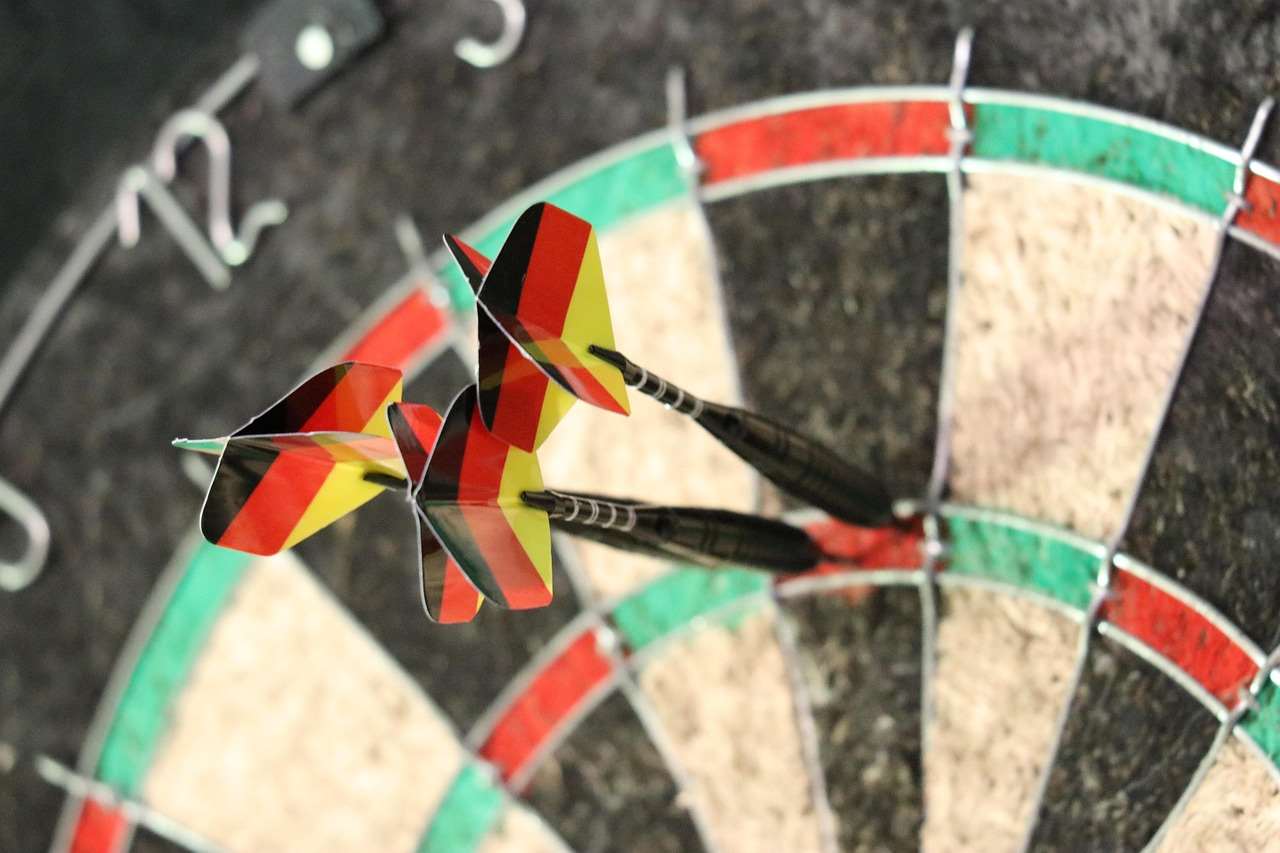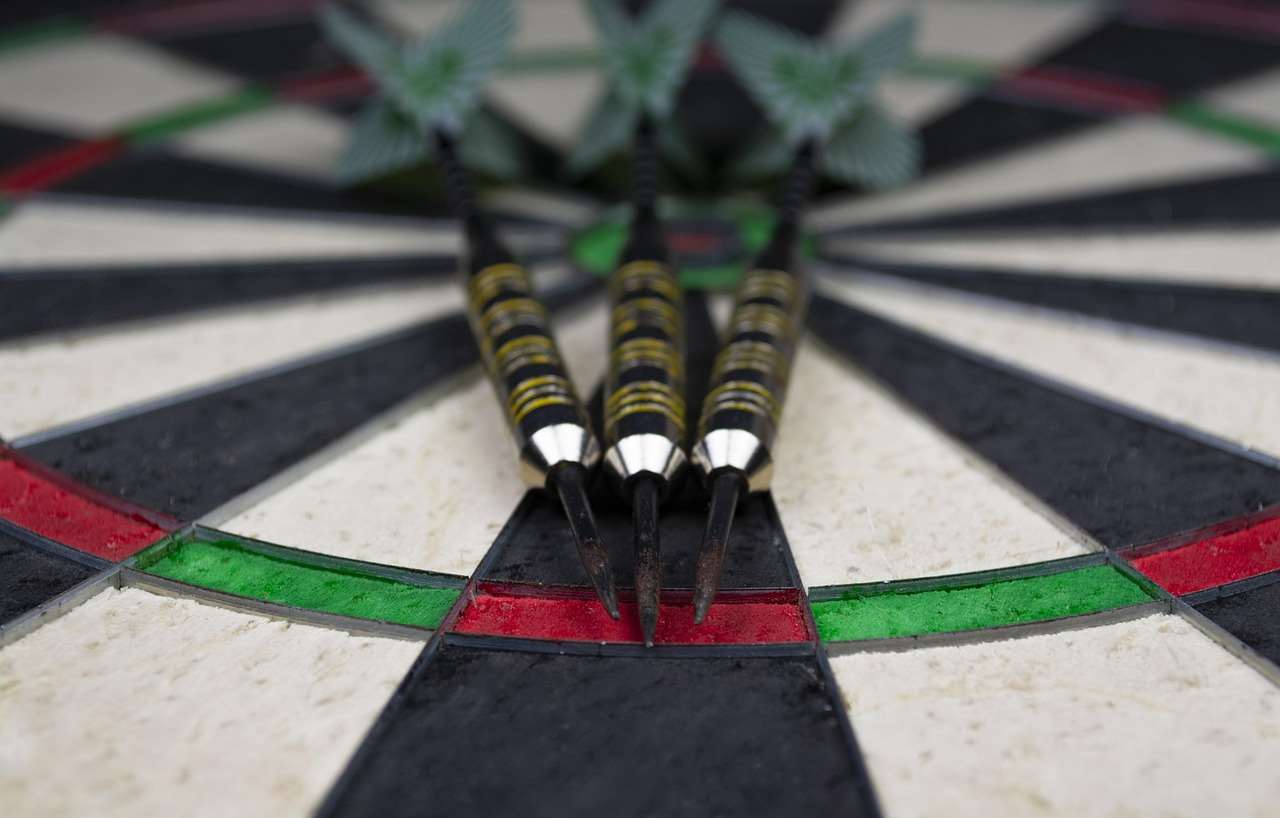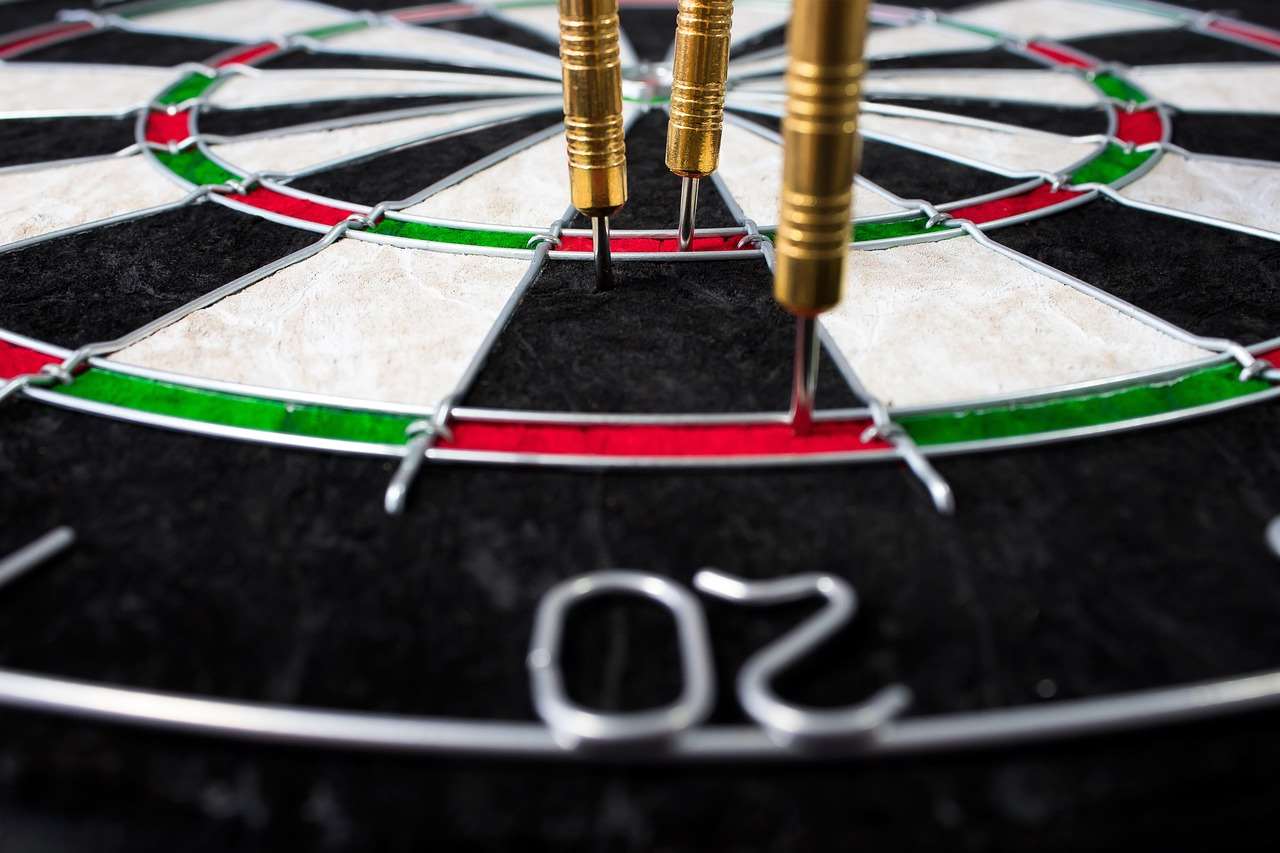Ensuring adequate clear space around dartboard rules is crucial for both safety and fair play; generally, you need enough room for players to stand at the oche (throwing line) and throw darts without obstruction or risk of injury. This article explores the specific dimensions, safety considerations, and practical tips for setting up your dartboard area properly.
⚠️ Still Using Pen & Paper (or a Chalkboard)?! ⚠️
Step into the future! The Dart Counter App handles all the scoring, suggests checkouts, and tracks your stats automatically. It's easier than you think!
Try the Smart Dart Counter App FREE!Ready for an upgrade? Click above!
Understanding the Importance of Adequate Space
When setting up your dartboard, it’s not just about finding a wall. The surrounding clear space around dartboard rules dictates the safety and enjoyability of the game. Cramped conditions can lead to accidental injuries and hinder a player’s throwing stance, impacting accuracy. Consider the space needed for both the thrower and any potential bystanders.
Having sufficient space also contributes to a more professional and enjoyable experience. It prevents distractions and allows players to fully focus on their game. Let’s break down the specific dimensions you need to know.

Dartboard Setup: Key Measurements for Safe Play
Adhering to the official dartboard setup rules is essential for fair and safe gameplay. The two most important measurements are the height of the dartboard and the throwing distance. These are standardized to create a level playing field.
Dartboard Height
The center of the bullseye should be exactly 5 feet 8 inches (1.73 meters) from the floor. This is a universally recognized standard, ensuring consistency whether you’re playing at home or in a professional tournament. Use a measuring tape to precisely position the dartboard.
Throwing Distance (Oche Measurement)
The throwing line, known as the oche, must be 7 feet 9 1/4 inches (2.37 meters) from the face of the dartboard. This measurement is taken horizontally from the front of the dartboard to the oche line. A common practice is to use a measuring tape to mark the oche on the floor, then use a raised marker (like a piece of wood or metal) to define the actual throwing line.
Remember to double-check these measurements to ensure accuracy. Consistent measurements are the foundation of a fair game. Read more about adapting darts rules for small spaces: tips and tricks if needed.
Beyond the Basics: Additional Space Considerations
While height and distance are critical, understanding **clear space around dartboard rules** involves more than just these two measurements. Consider these additional spatial factors:
- Sideways Clearance: Allow ample space on either side of the throwing line. Players need room to move their arms freely without bumping into walls, furniture, or other players. A minimum of 2-3 feet on either side is recommended.
- Ceiling Height: Ensure the ceiling is high enough to accommodate a full throwing motion. Low ceilings can obstruct the throw and pose a safety hazard.
- Rear Clearance: Players sometimes step back slightly during their throw. Make sure there’s enough space behind the throwing line to accommodate this movement without posing a tripping hazard.
- Spectator Space: If you anticipate having spectators, factor in additional space behind the throwing area for them to stand safely and comfortably.

By considering these factors, you create a more comfortable and safer environment for everyone involved. Think about potential obstructions and try to minimize them.
Addressing Common Space-Related Challenges
Many dart enthusiasts face challenges when setting up their dartboard, particularly in smaller spaces. Here are some common issues and how to overcome them, remembering the principles of clear space around dartboard rules:
- Limited Room Depth: If you don’t have the full 7 feet 9 1/4 inches, consider adjusting the oche slightly. While not strictly within official rules, shortening the distance by a few inches may be necessary. However, be sure all players agree on the adjusted distance.
- Narrow Room Width: If the room is too narrow, consider repositioning furniture to create more sideways clearance. If that’s not possible, you might need to find a different location for your dartboard.
- Low Ceilings: Low ceilings are more difficult to work around. You might need to adjust your throwing style or, again, find a room with higher ceilings.
- Shared Spaces: If the dartboard area is also used for other activities, make sure it’s easy to clear the space for darts play. Consider using a portable dartboard stand that can be moved when not in use.
Remember that safety should always be the top priority. If you can’t create a safe playing environment, it’s best to find an alternative location.
Safety First: Protecting Players and Surroundings
Beyond clear space around dartboard rules, other safety measures are crucial. Darts are sharp objects, and accidents can happen. Here are some tips to minimize risks:
- Dartboard Surround: Invest in a dartboard surround. This protective ring catches stray darts, preventing damage to your walls and reducing the risk of bounce-outs hitting someone.
- Proper Lighting: Ensure adequate lighting around the dartboard. Poor lighting can lead to misthrows and increase the risk of accidents.
- No Distractions: Discourage distractions during play. Keep noise levels down and avoid sudden movements that could startle the thrower.
- Children and Pets: Keep children and pets away from the playing area while darts are in use. This is particularly important to prevent accidental injuries.
- Dart Maintenance: Regularly inspect your darts for damage. Bent or broken darts are more likely to bounce out and cause injury.

By following these safety guidelines, you can create a secure and enjoyable dart-playing experience for everyone.
Enhancing Your Dartboard Setup with Accessories
While clear space around dartboard rules are the foundation, consider using accessories to enhance your setup and improve the playing experience. These can add both functionality and style:
- Oche Mat: An oche mat clearly marks the throwing line and provides a non-slip surface for players. Many mats also include the official throwing distances, making setup easier.
- Dartboard Cabinet: A dartboard cabinet protects the dartboard when not in use and provides a stylish way to display it. Many cabinets also include scoreboards and dart holders.
- Scoreboard: A clear and easy-to-read scoreboard is essential for keeping track of the game. You can choose from traditional chalkboards, electronic scoreboards, or even mobile apps.
- Lighting Systems: Dedicated dartboard lighting systems provide consistent and even illumination, improving visibility and reducing shadows.

These accessories can enhance both the functionality and aesthetics of your dartboard setup.
Official Regulations vs. Home Play: Flexibility and Adaptation
While official dartboard regulations specify precise measurements for tournaments and sanctioned events, you have more flexibility when setting up your dartboard for home play. However, remember that **clear space around dartboard rules** are always paramount, regardless of whether you’re following official standards or not.
In a home setting, you might need to adjust the throwing distance or sideways clearance slightly to accommodate the available space. The key is to ensure that all players agree on any modifications and that the playing environment remains safe. You can even consider fun dart game variations with modified rules to make things more interesting.
For children, adapting dart game rules for children may be necessary and crucial. Prioritize safety over strict adherence to official guidelines when playing at home, especially with younger players or limited space.

Maintaining Your Dartboard Area
Once you’ve established your dartboard area, regular maintenance is essential. Here are some tips for keeping it in top condition:
- Clean the Dartboard: Periodically clean the dartboard with a soft brush to remove dust and lint. This helps to keep the sisal fibers in good condition.
- Rotate the Dartboard: Rotate the dartboard regularly to distribute wear evenly. This prevents certain sections from becoming overly worn.
- Check the Oche: Ensure the oche remains securely in place. If it’s a raised marker, make sure it’s firmly attached to the floor.
- Inspect the Surround: Check the dartboard surround for damage and replace it if necessary.
Proper maintenance will extend the life of your dartboard and keep your playing area looking its best. Knowing the Basic Darts Fundamentals for Beginners is essential for all players.
Conclusion: Creating the Ideal Dartboard Space
Creating the ideal dartboard space involves more than just hanging a board on the wall. Understanding and adhering to the principles of clear space around dartboard rules, along with prioritizing safety and considering player comfort, are crucial for an enjoyable and fair game. By taking the time to set up your dartboard area properly, you’ll create a space where you can hone your skills, compete with friends, and enjoy the timeless game of darts. Now that you know how much space you need, go set up your perfect dartboard area and start throwing! Consider how to make darts fairer with handicap rules in your games.
Hi, I’m Dieter, and I created Dartcounter (Dartcounterapp.com). My motivation wasn’t being a darts expert – quite the opposite! When I first started playing, I loved the game but found keeping accurate scores and tracking stats difficult and distracting.
I figured I couldn’t be the only one struggling with this. So, I decided to build a solution: an easy-to-use application that everyone, no matter their experience level, could use to manage scoring effortlessly.
My goal for Dartcounter was simple: let the app handle the numbers – the scoring, the averages, the stats, even checkout suggestions – so players could focus purely on their throw and enjoying the game. It began as a way to solve my own beginner’s problem, and I’m thrilled it has grown into a helpful tool for the wider darts community.